BONSAI Museum, must place for Art / Garden Lovers
Contents
Omiya Bonsai Art Museum
Bonsai is one of the traditional arts which represent Japan.
The Omiya Bonsai Art Museum is a must place for Bonsai Art /Japanese Garden lovers.
Opened in 2010 as the first bonsai museum Omiya Bonsai Museum consists of Collection Gallery, Bonsai Garden and Bonsai Terrace on 2F.
Let’s walk into Collection gallery where Bonsai culture is introduced through monthly displays of bonsai pot, stone, picture and historical materials in prologue area. At Main gallery seasonal five Bonsai are displayed, and lastly there are three displays in three types of traditional Japanese rooms.
Collection gallery leads to Bonsai garden displaying around 60 seasonal Bonsai outside. Some can be viewed from all angles and photographed.
From terrace on 2nd floor visitors can take a picture of full view of Bonsai garden.
How is Bonsai different from potted plant?
Bonsai creates landscape in a limited space. Some are grown as they are, many are modified by wiring and adjusting into the shapes of branch which look natural as if being blown in wind and standing on cliff. Bonsai is called a living Art as plant continues to grow.
How to appreciate Bonsai
You don’t necessarily need to learn how to appreciate Bonsai. Of course you can stand in front of Bonsai and feel what you have in your mind.
But still there are some ways to appreciate and this is one of the ways to understand Bonsai.
First view Bonsai from front, then focus on the overall shape.
Then bend your knees and look up from the root so that you may feel safe as if being under a big tree. Feel changing of seasons, sound of breeze and rustle of trees…
After imaging a great natural landscape, look at roots spreading, trunk bearing up the tree, the branches growing out of the trunk, and foliage.
Jin, Shari
The trunks and branches of matsu pine tree bonsai sometimes partially die while maintaining the shapes. Those trunks show a beautiful contrast between green leaves and white skin shaped surface of dead wood. The white tips on branches are called jin while the dead white wood of trunks is called shari.
It can be said that life and death cohabit in one Bonsai as human beings do in one world.
Types of trees
Bonsai is famous for its pine trees. Some people misunderstand that pine tree is bonsai tree, but Bonsai is not only pine but trees like maple for appreciating its leaves, plum and cherry for their flowers, persimmon and apple for their fruits.
Shohaku Bonsai :
The most common types are conifers, pines, junipers with deep ever green foliage.
Zoki Bonsai:
Representatives are Maple, zelkova or Japanese Elm tree with leaves changing from green to autumn tints by season.
Flowering trees such as wisteria and azalea, and Chinese quince, Karin bearing fruit are other attractive types.
Shapes of Bonsai
There are many styles of Bonsai trees. The trees don’t necessarily need to be classified in specific forms. But still the styles are important to understand Bonsai and should serve as a guideline.
Chokkan and Moyogi
Chokkan(formal upright) :
The trunk must grow upright and be thicker at the bottom and grow thinner with the height. At about 1/4 of the total length of the trunk branching should begin. The top of the tree should be formed by a single branch.
Moyogi (Informal upright):
The trunk grows upright roughly in the shape of a letter “S” and at every turn branching occurs.
Fukinagashi and Kengai
Fukinagashi :
The trunk grows at angle to illustrate a tree blown in a strong wind.
Kengai :
A tree living in nature on a steep cliff can bend downward because of snow or falling rocks. The tree should grow upright for a small stretch but then bend downward.
They should be visible that the tree has to struggle to survive.
Kabudachi and Yose-ue
Multi trank Bonsai style (Kabudachi):
5 or more trunks grow out of a single root system, and it truly is one single tree. All the trunks from one crown of leaves, in which the thickest and most developed trunk forms the top.
Forest Bonsai style (Yose-ue):
The forest style looks like the Kabudachi but the difference is that it is comprised of several trees than one tree with several trunks.
Each tree has each different way to bring up, and we need deep knowledge. Among them there are Bonsai worth over 100 million yen.
It would be nice to stroll around Bonsai Village after the Bonsai Museum.
Access to Omiya Bonsai Art Museum
The Omiya Bonsai Art Museum, Saitama is located about 10 minutes by walk from JR Toro station. Toro station is accessible by JR trains:
From Tokyo st. take JR Ueno-Tokyo Line for 40min.
From Shinjuku st. take JR Shonan-Shinjuku line for 35min.
Admission fee :
300yen (adult);
150yen (high school, University students and 65yrs over)
Opening hour: 9:00-16:30 during Mar.- Oct.
9:00-16:30 during Nov.-Feb.
Closed : Thursday (except National holidays)
Dec.29 – Jan.3

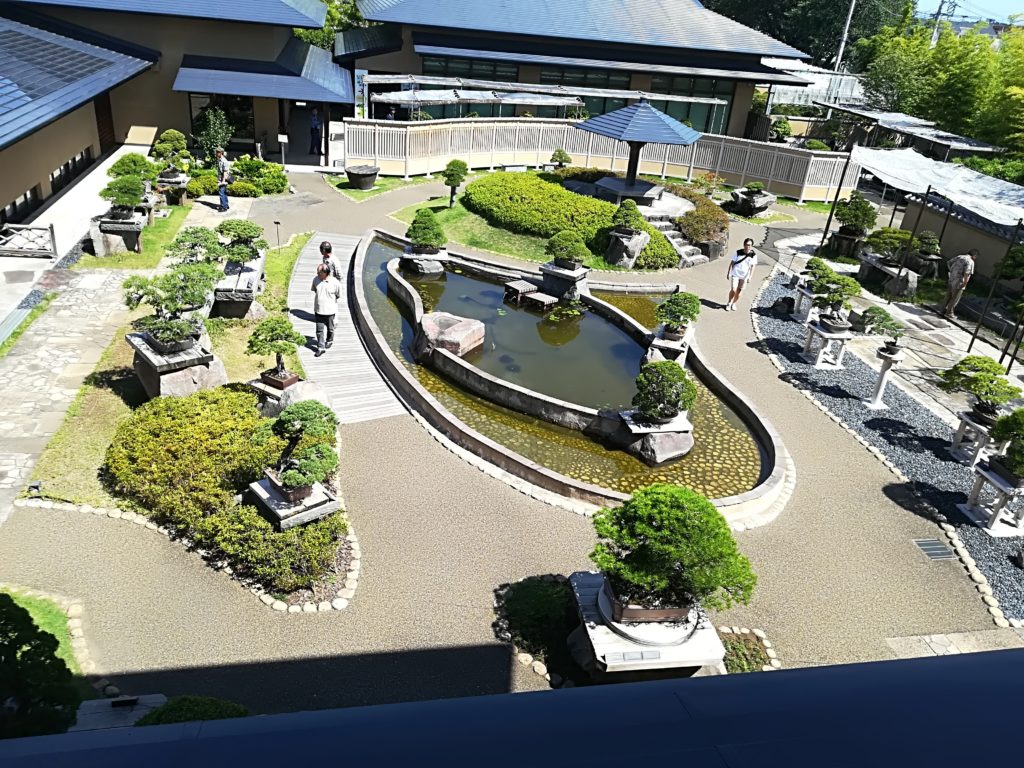
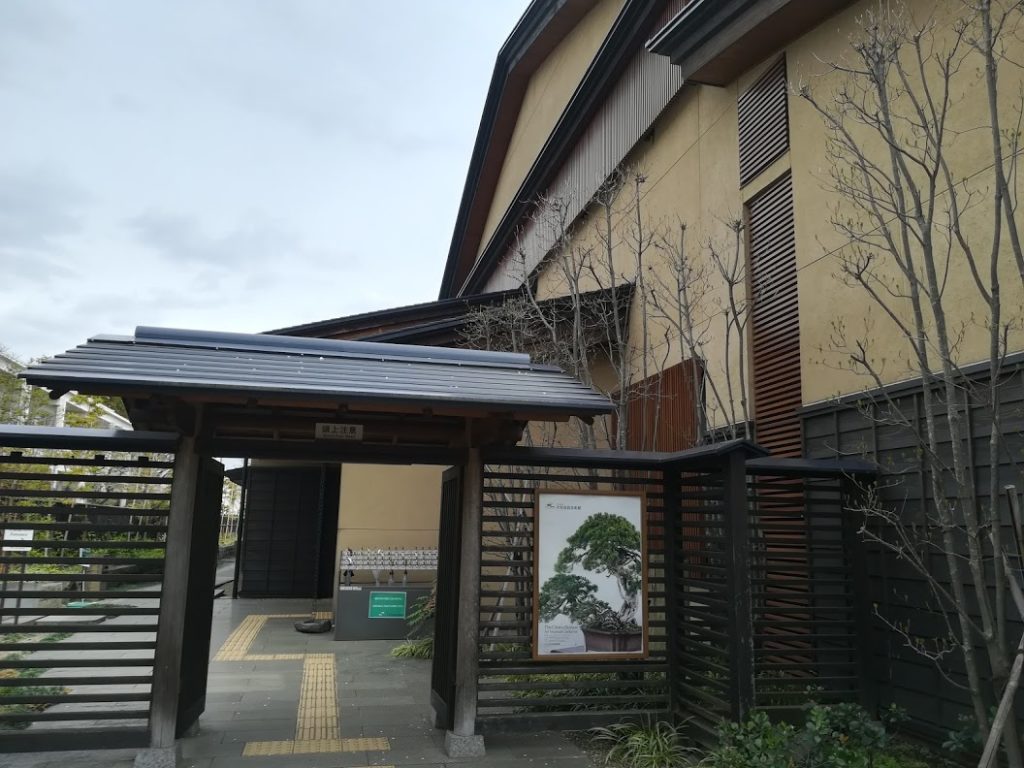
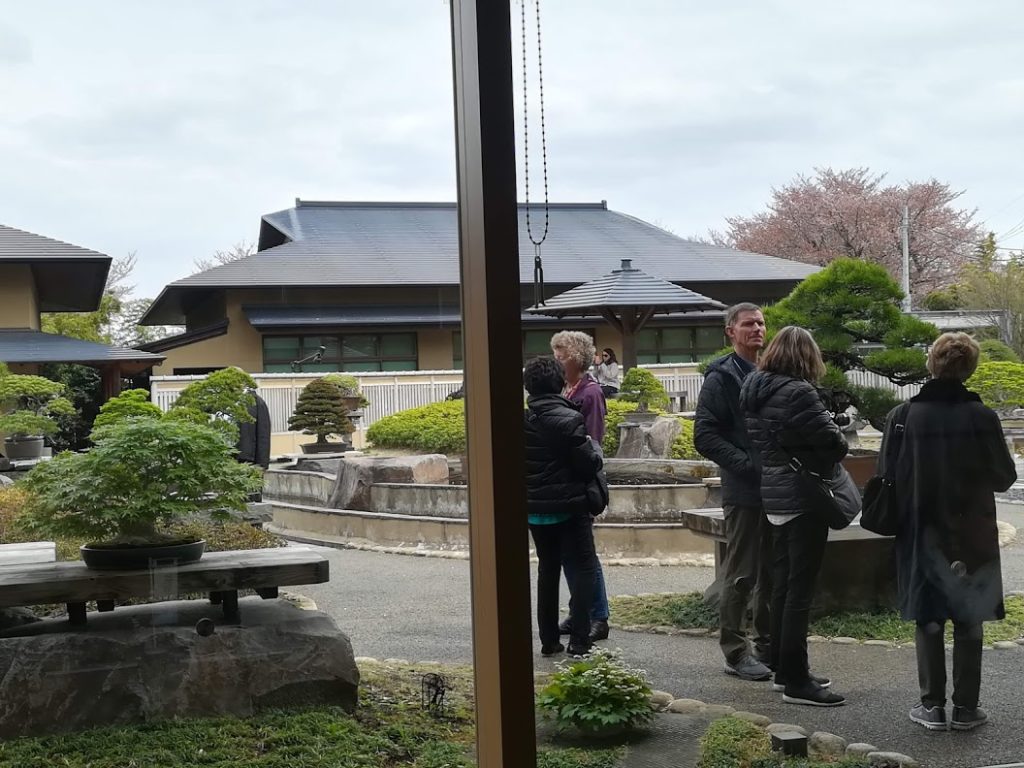
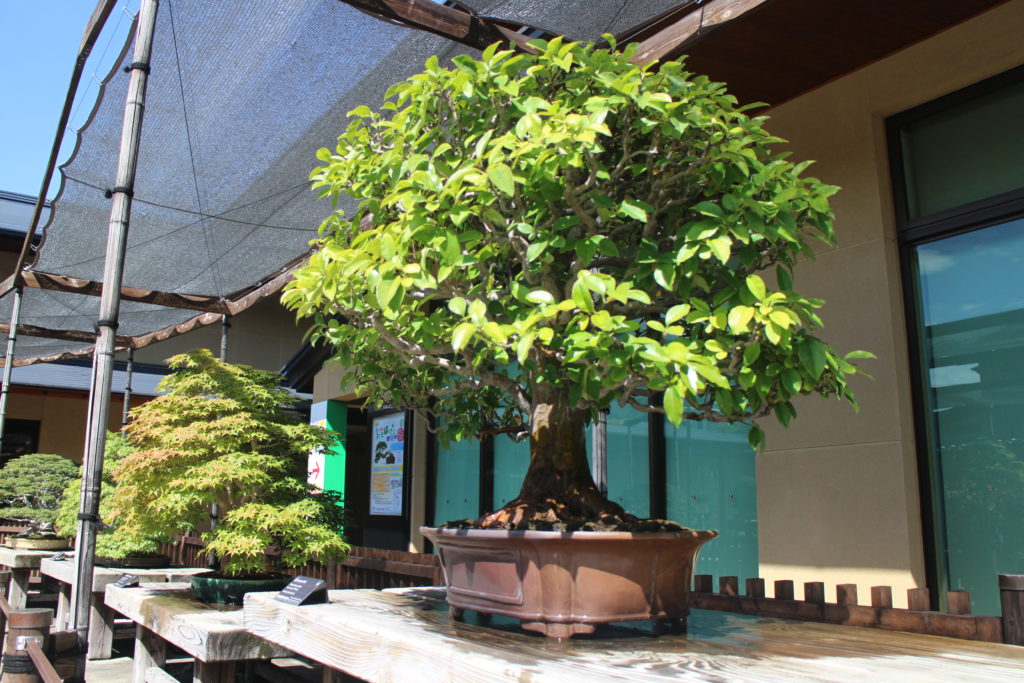
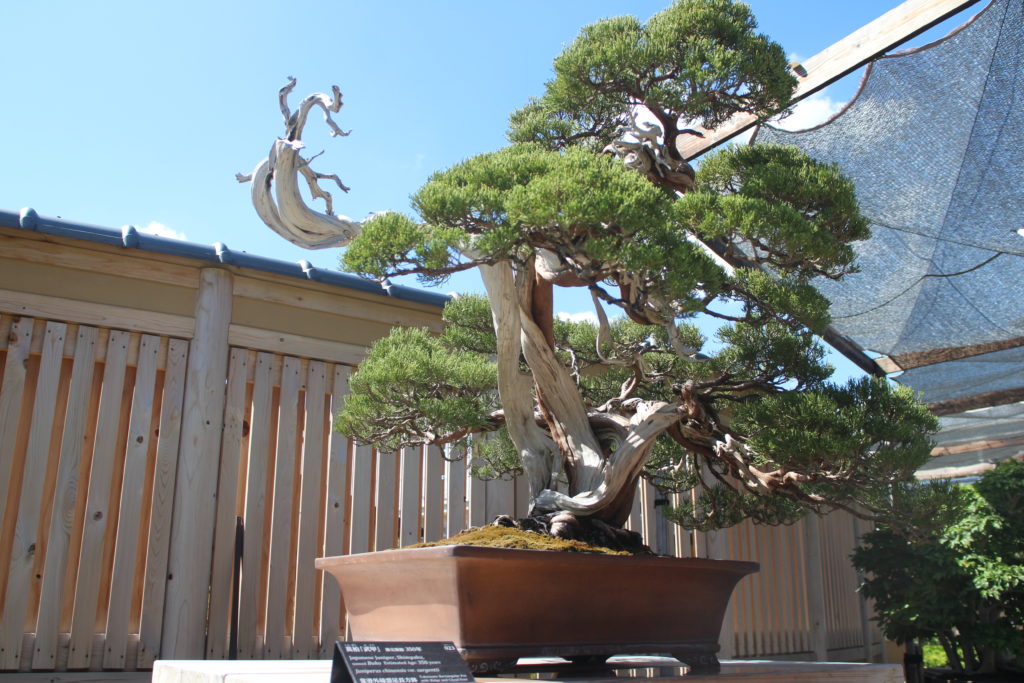
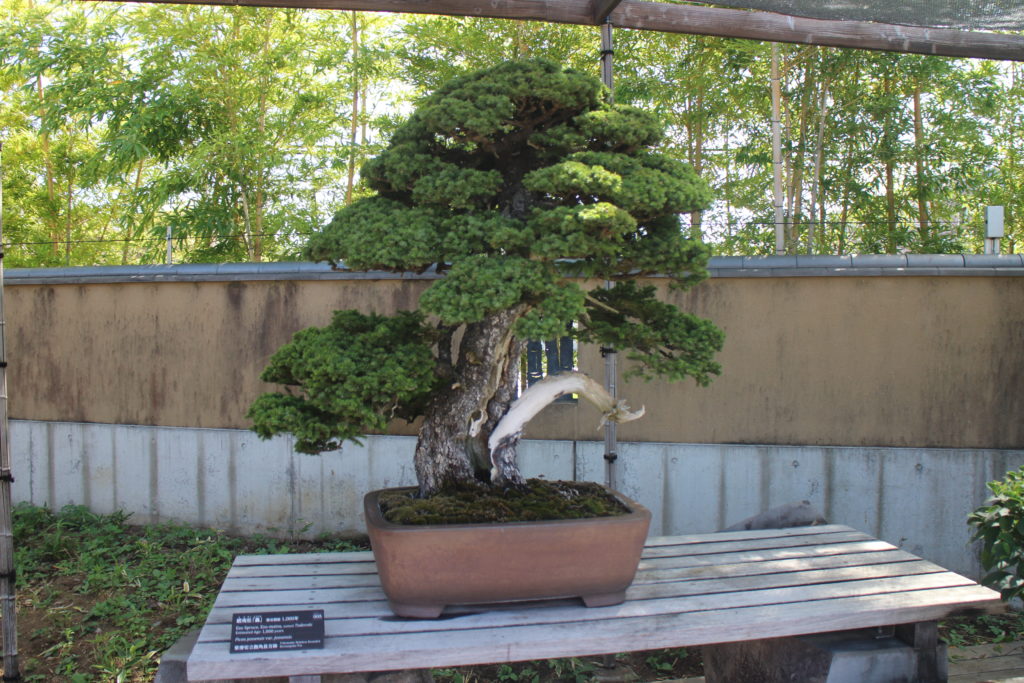
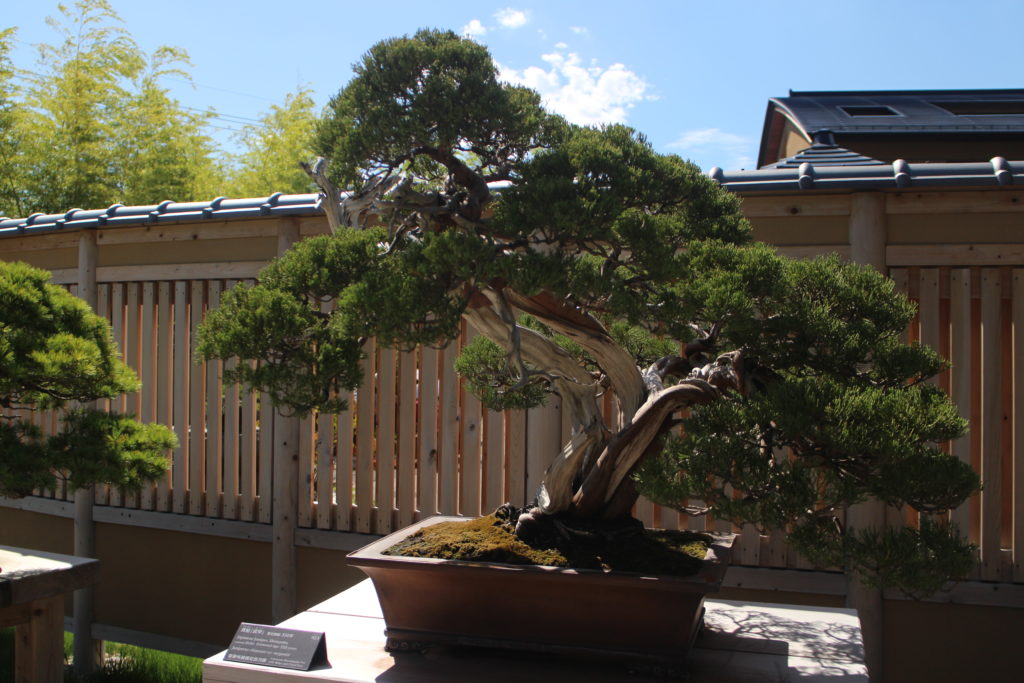
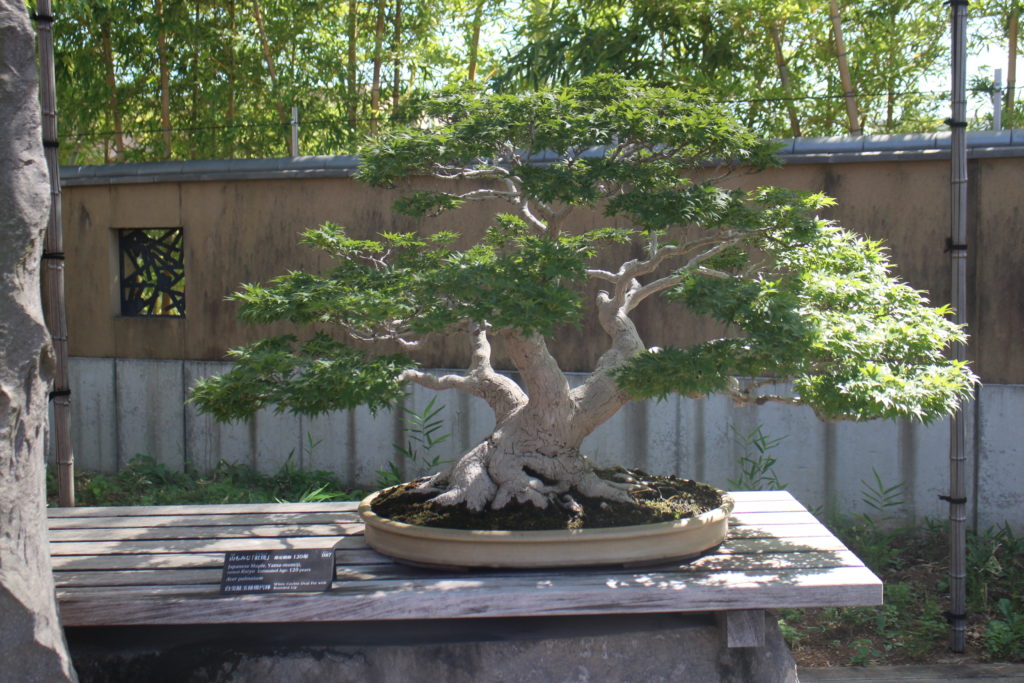
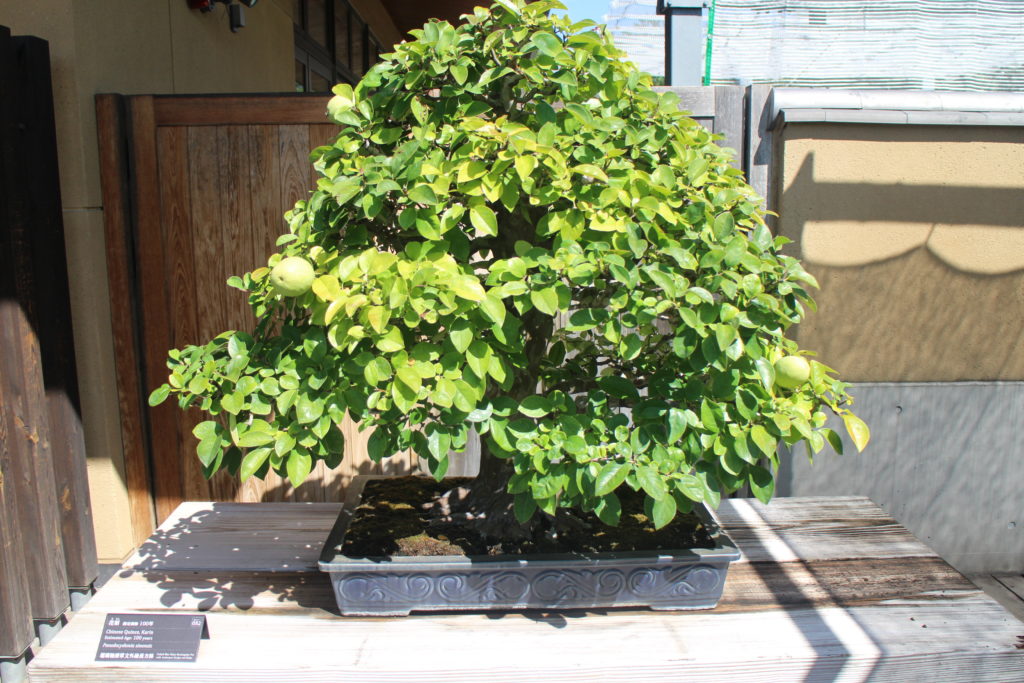
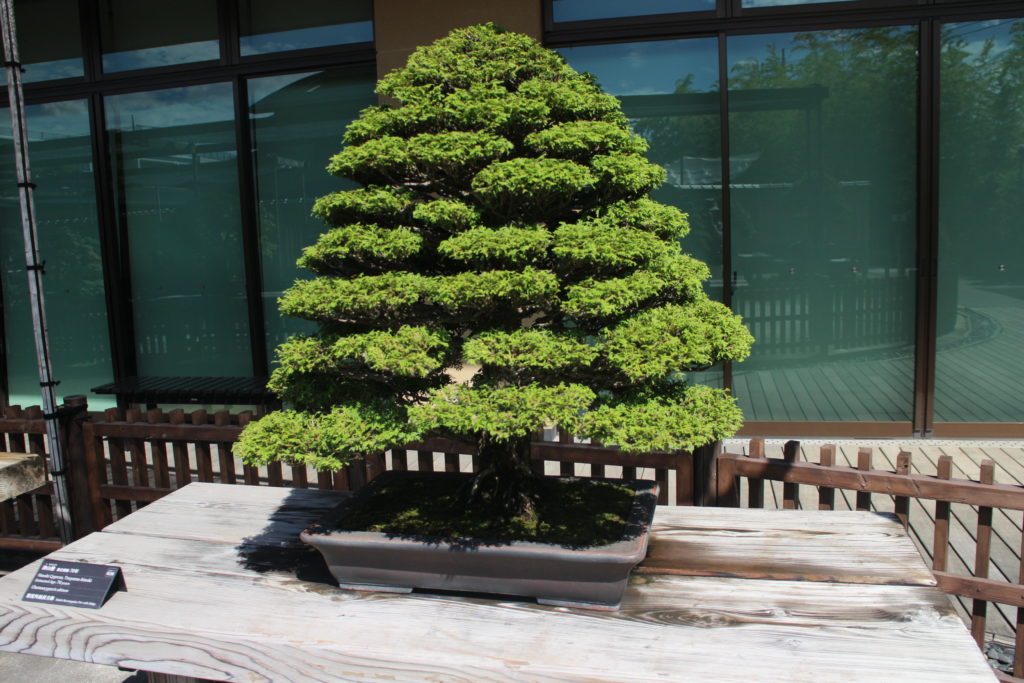
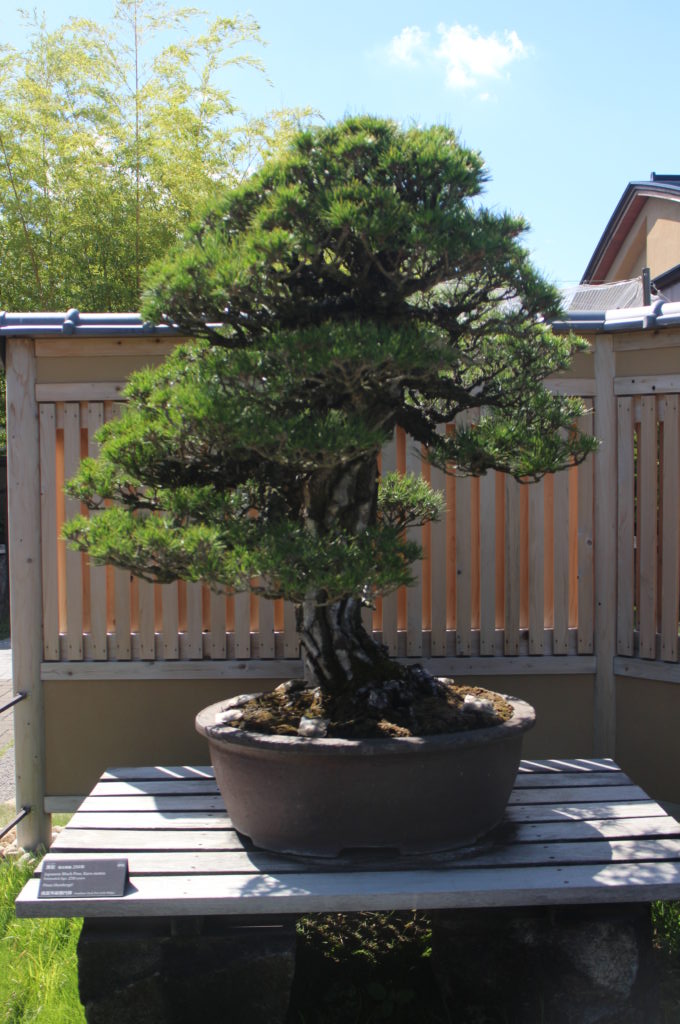
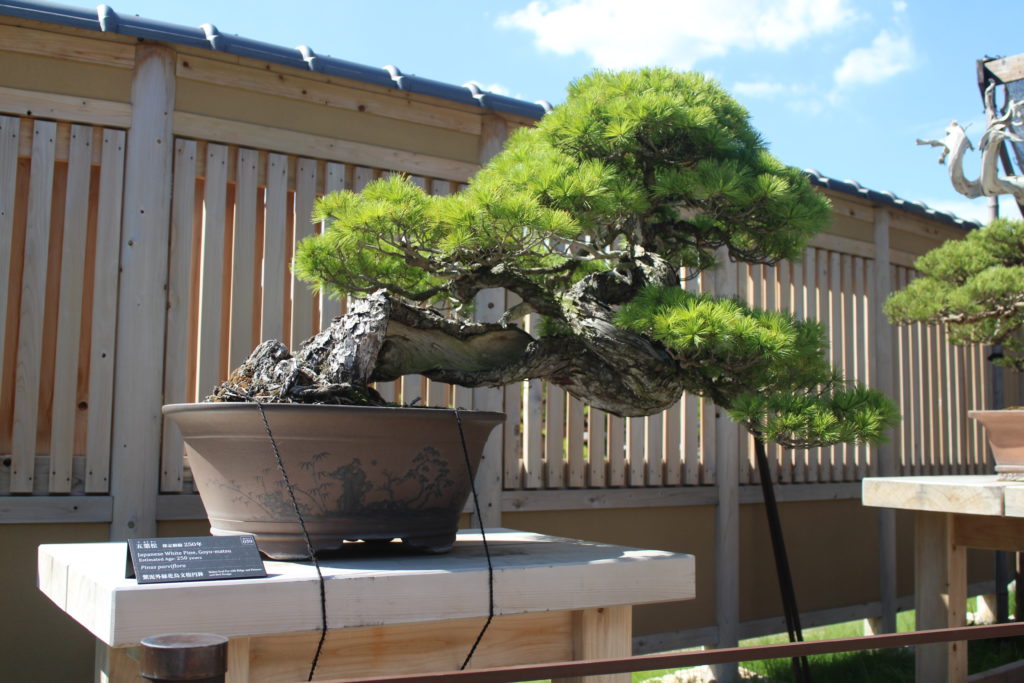
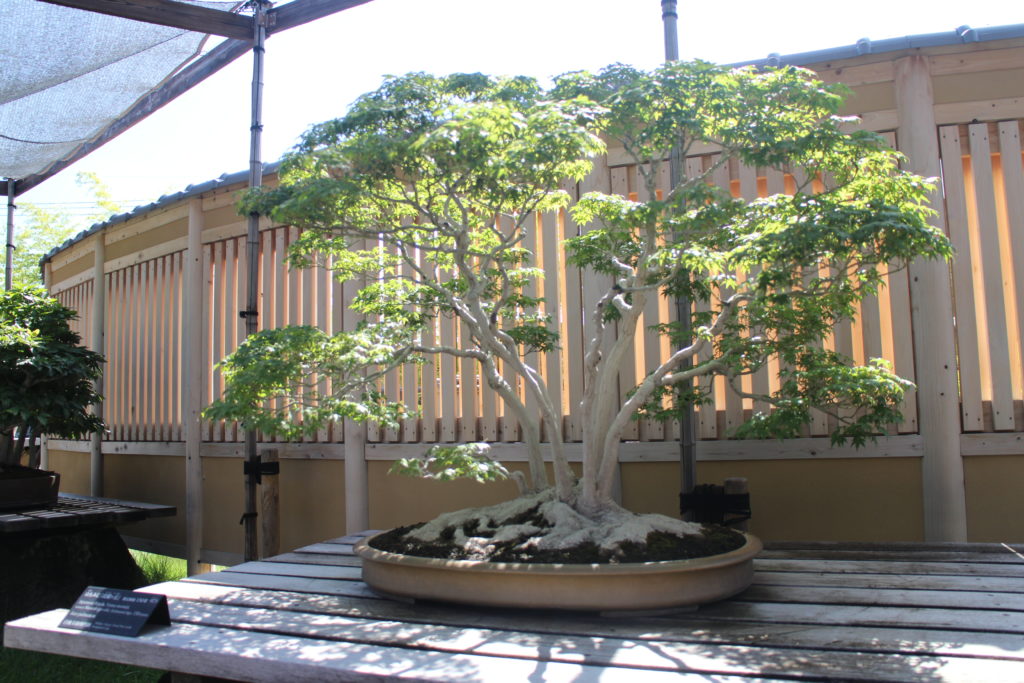
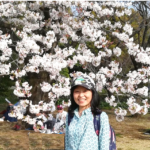

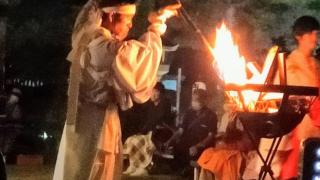
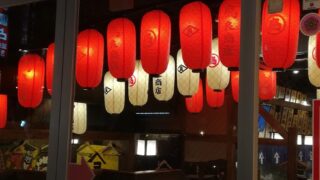
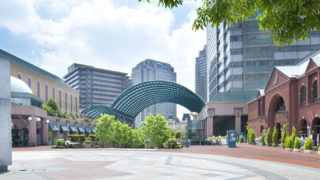
2 thoughts on “BONSAI Museum, must place for Art / Garden Lovers”
Comments are closed.